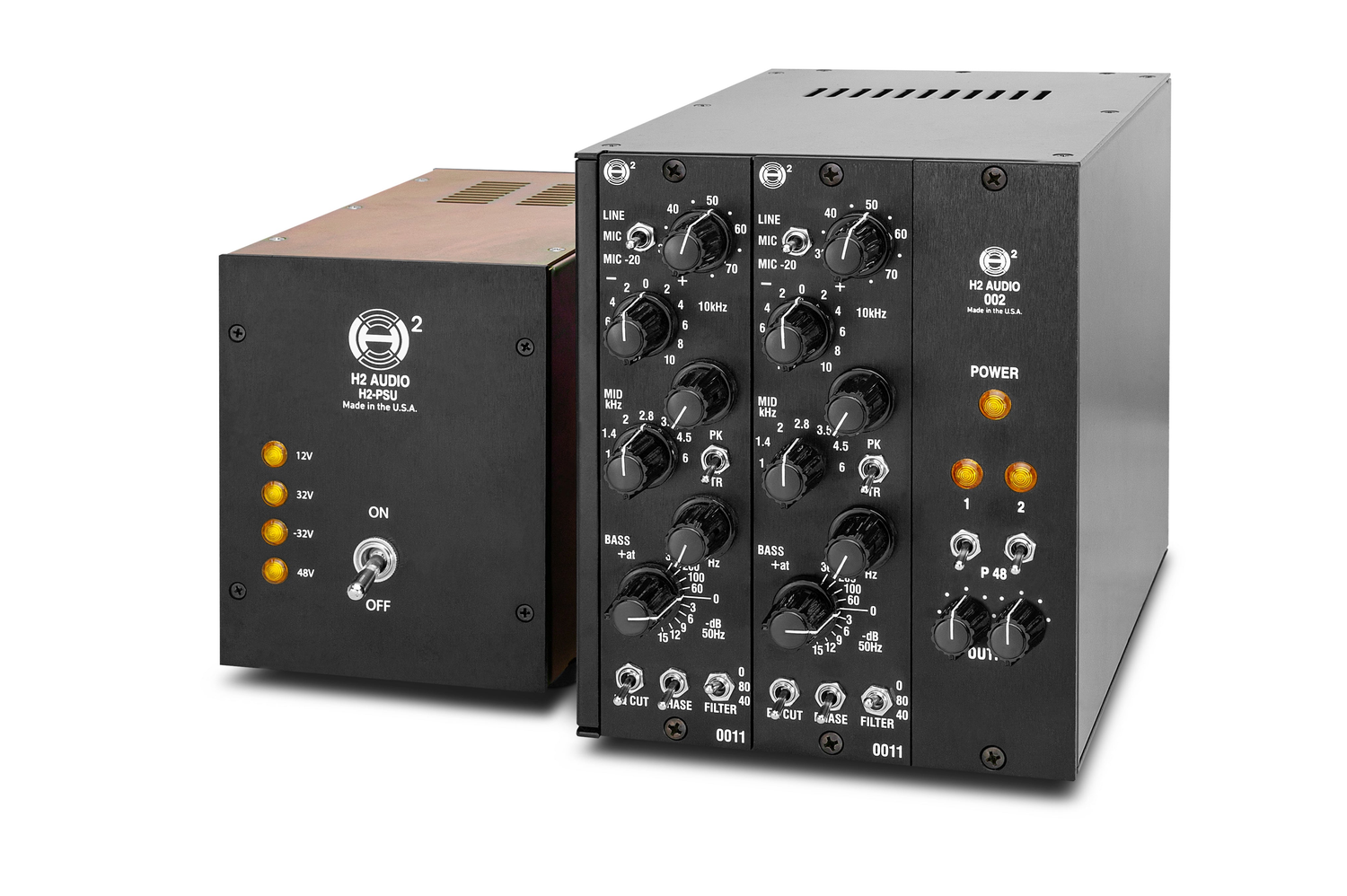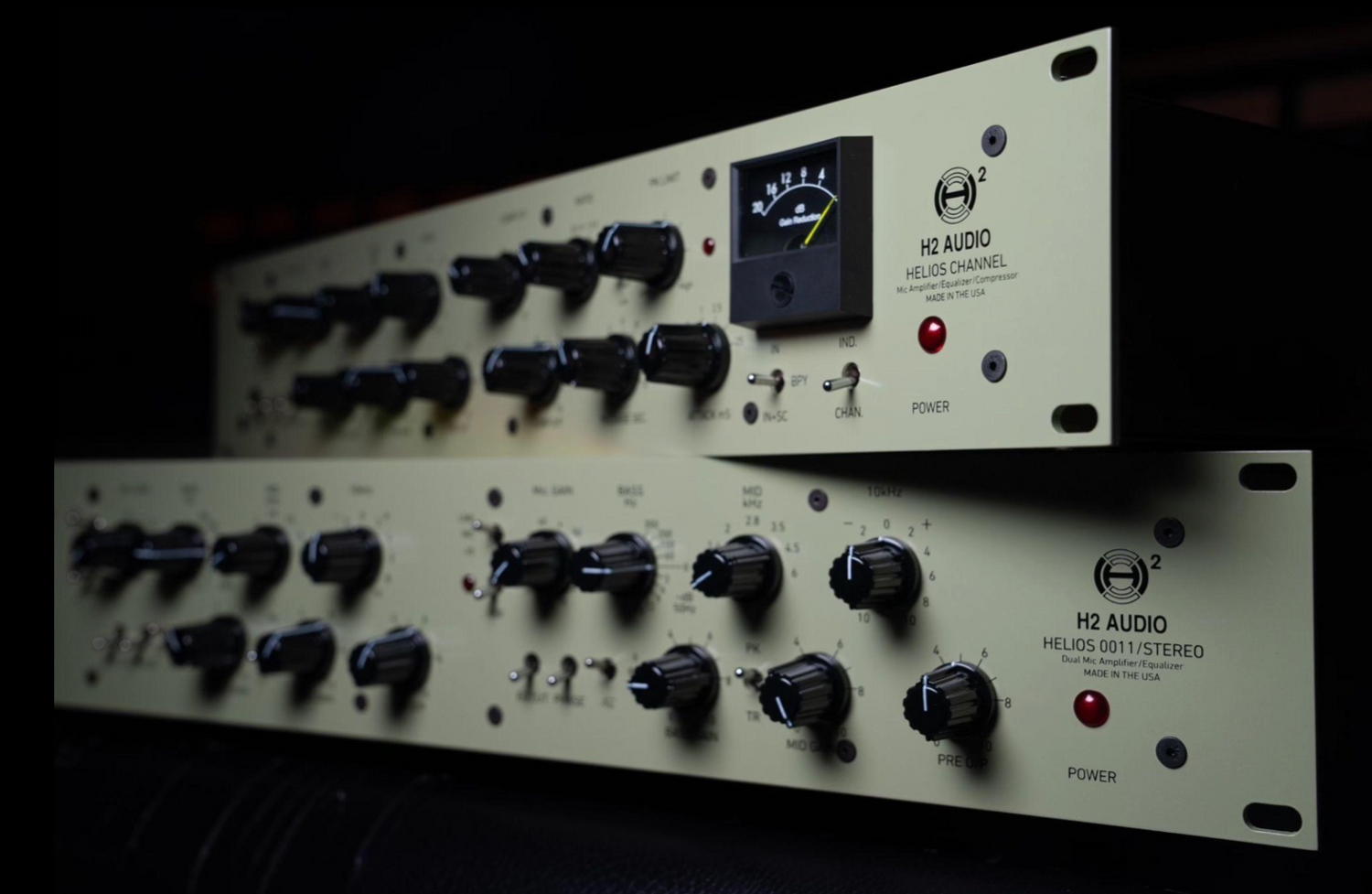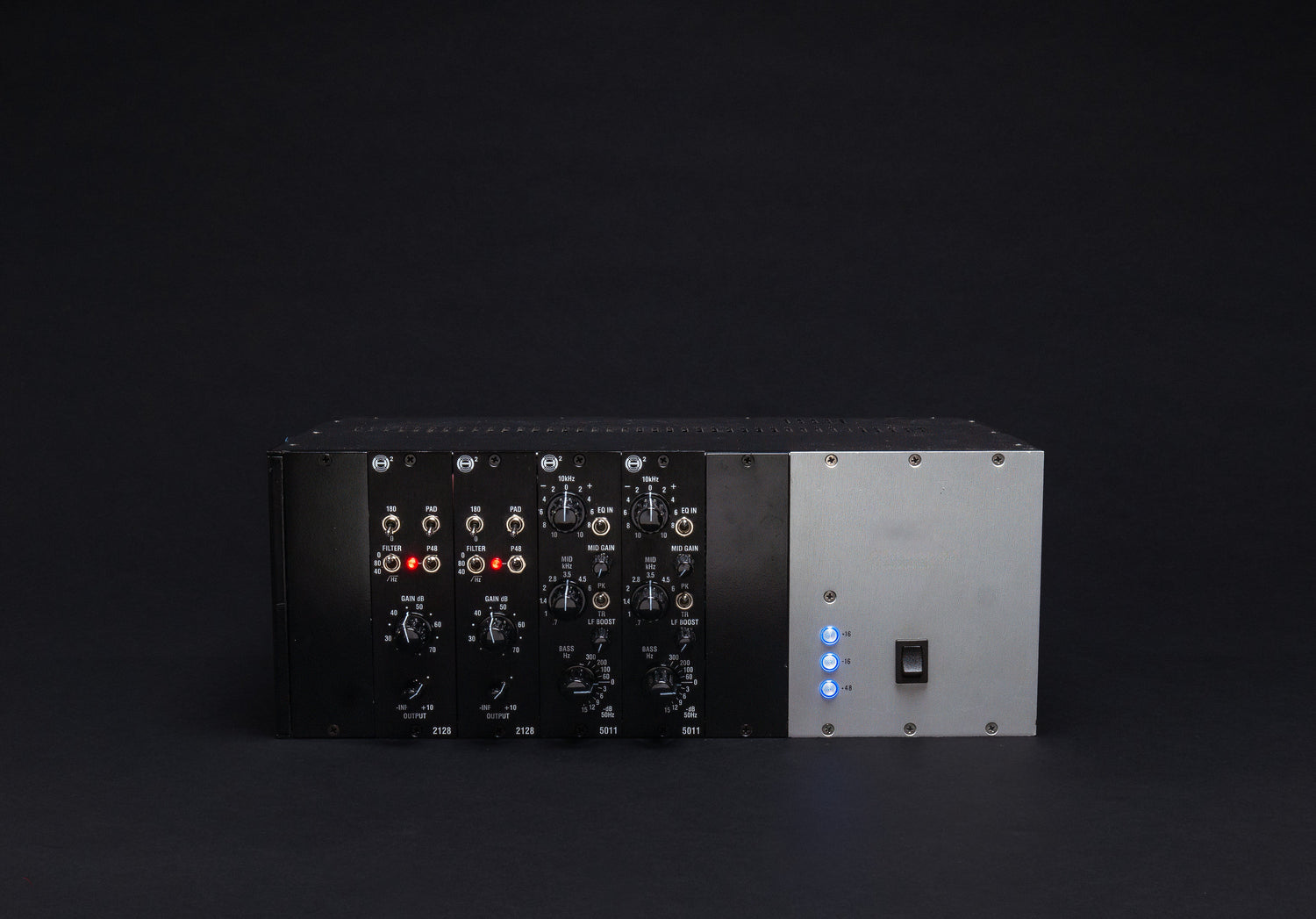The Beatles “All You Need Is Love” • The Beatles “Magical Mystery Tour” • Jimi Hendrix Experience “Are You Experienced?” • Jimi Hendrix Experience “Axis: Bold As Love” • The Rolling Stones “Their Satanic Majesties Request” • Procol Harum “A Whiter Shade of Pale” • Traffic “Mr. Fantasy” • Jimi Hendrix Experience “Electric Ladyland” • The Rolling Stones “Beggars Banquet” • Joe Cocker “With a Little Help from My Friends” • Led Zeppelin “Led Zeppelin I” • The Rolling Stones “Let It Bleed” • Black Sabbath “Black Sabbath” • Black Sabbath “Paranoid” • Led Zeppelin “Led Zeppelin II” • Led Zeppelin “Led Zeppelin III” • Eric Clapton “Eric Clapton”• Paul McCartney “McCartney” • Harry Nilsson “Nilsson Schmilsson” • Jethro Tull “Aqualung” • Led Zeppelin “Led Zeppelin IV” • The Rolling Stones “Sticky Fingers” • The Who “Who’s Next” • Traffic “The Low Spark Of High Heeled Boys” • Eagles “Eagles” • Elton John “Don’t Shoot Me I’m Only The Piano Player” • Funkadelic “America Eats Its Young” • Genesis “Foxtrot” • Mott The Hoople “All The Young Dudes” • Ten Years After “Rock & Roll Music to the World” • The Rolling Stones “Exile on Main Street” • Eagles “Desperado” (1973, Island Studios) Emerson Lake & Palmer “Brain Salad Surgery” • Led Zeppelin “Houses of the Holy” • Paul McCartney & Wings “Red Rose Speedway” • The Who “Quadrophenia” • Toots & The Maytals “Funky Kingston” • Bad Company “Bad Company” • Bryan Ferry “Another Time, Another Place” • King Crimson “Red” • Supertramp “Crime of the Century” • The Rolling Stones “It’s Only Rock & Roll” • The Who “Tommy” • Electric Light Orchestra “Face The Music” • Led Zeppelin “Physical Graffiti” • Queen “A Night at the Opera” • The Who “Who By Numbers” • David Bowie “Diamond Dogs” • Electric Light Orchestra “A New World Records” • Led Zeppelin “Presence” • Queen “A Day At The Races” • The Rolling Stones “Black and Blue” • Thin Lizzy “Jailbreak” • Bob Marley & The Wailers “Exodus” • Iggy Pop “The Idiot” • Eric Clapton “Slowhand” • Motörhead “Motörhead” • Peter Gabriel “Peter Gabriel” • David Bowie “Low” • David Bowie “Heroes” • Iggy Pop “Lust for Life” • Electric Light Orchestra “Out of the Blue” • Bob Marley & The Wailers “Babylon By Bus” • Dire Straits “Dire Straits” • The Who “Who Are You” • The Rolling Stones “Some Girls” • Tangerine Dream “Force Majeure” • AC/DC “Highway To Hell” • Frank Zappa “Sheik Yerbouti” • Led Zeppelin “In Through The Out Door” • Peter Gabriel “Peter Gabriel III” • Queen “The Game” • The Rolling Stones “Emotional Rescue”
The H2 Helios Legacy
The H2 Helios Legacy
From Rock’s Golden Age to a Modern Renaissance

In the late 1960s, the recording world was changing fast. Studios were growing more ambitious, artists were pushing sonic boundaries, and engineers wanted tools that could deliver clarity, punch, and musicality all at once. At the heart of this change was Dick Swettenham, a technical genius from Olympic Studios in London.
At Olympic, Swettenham saw the best engineers in the business wrestling with stock consoles that couldn’t quite keep up. His answer was to design something entirely different — a desk with custom circuitry, sweet-sounding EQ, and a mic preamp that could handle anything from a whisper to a wall of Marshall stacks. In 1969, he launched Helios Electronics.
The Birth of a Legend
The very first Helios console was built for Island Studios in London. It was sleek, functional, and — most importantly — sounded incredible. Word traveled quickly through the British recording scene. Soon, Helios was building custom desks for Apple Studios, Olympic Studios, and The Rolling Stones’ Mobile Recording Truck — the world’s first serious mobile studio.
That truck became a legend in its own right. Parked outside live venues and country mansions, it captured albums that would define an era. The idea that you could make a studio-quality record outside of a traditional control room was groundbreaking — and Helios was at the center of it.
The Sound of Rock’s Golden Age
The Helios tone is instantly recognizable: warm low end, silky top, and a punch in the mids that lets guitars and vocals leap from the speakers.
It wasn’t just the circuitry — it was the combination of transformer-balanced mic pres, musical 3-band EQ, and build precision that gave engineers new levels of control without losing the soul of the performance.
Some of the era’s most enduring music passed through Helios desks:
- Led Zeppelin – The thunderous drum intro to When the Levee Breaks, tracked through a Helios desk and tamed with the legendary F760 compressor/limiter. The sound has become a holy grail for engineers worldwide.
- The Rolling Stones – Exile on Main Street, recorded in part using their mobile truck in a French villa, with a Helios console as its beating heart.
- The Who – Who’s Next and other monumental sessions captured with Helios punch and clarity.
- David Bowie – The early ’70s period, dripping with character and definition, owes much to the Helios sound.
- Jimi Hendrix, Fleetwood Mac, Bob Marley, Black Sabbath, AC/DC — each found their performances elevated by the desk’s unique musical color.
Helios didn’t just record music — it recorded history.
Rarity and Disappearance
Helios consoles were never mass-produced. Each was built to order, often custom-spec’d for a particular studio or artist. Fewer than 50 full desks were ever made.
By the early ’80s, newer mass-market consoles had taken over. Helios desks, difficult to maintain and nearly impossible to replace, started disappearing from everyday use. Some were dismantled for parts, others locked away in private studios. For most engineers, the Helios sound became something you’d only hear on old records or in rare vintage rooms.
The Revival: H2 Audio Brings Helios Back to Life
For decades, engineers and producers dreamed of getting that Helios magic back into their workflows — without needing to track down and restore a million-dollar vintage desk.
Enter H2 Audio.
Founded by passionate audio builders and engineers with deep ties to the pro audio community, H2 set out to recreate the Helios sound exactly as it was in its prime — not “inspired by,” but circuit-for-circuit accurate, built with the same quality parts and precision.
The process wasn’t simple. H2 sourced original schematics, studied surviving modules, and reverse-engineered every stage of the signal path. Vintage transformers were measured and matched. Capacitor values were chosen for exact frequency curves. Even the feel of the knobs and switches was matched to the originals.
But H2 didn’t stop at preservation — they made the Helios sound practical for today’s studios:
- 500 series modules for engineers who want Helios tone in a compact, modern format
- 200 series and rackmount units for those integrating with large-format or API-style desks
- Faithful recreations of the original mic pre/EQ and F760 compressor so you can track and mix exactly like the greats did
With H2 Audio, the Helios sound is no longer a myth or a museum piece — it’s alive, reliable, and ready for the next hit record.
The Sound That Endures
The Helios sound has outlasted gear fads, format changes, and shifting production trends because it’s not just a technical achievement — it’s an artistic one. It flatters, enhances, and inspires performances without ever stealing the spotlight.
From Olympic Studios in 1969 to a bedroom producer in 2025, that same sonic fingerprint remains:
Rich. Musical. Unmistakable.
H2 Audio hasn’t just preserved a piece of recording history. They’ve put it back in the hands of the people who can use it to make history all over again.
SOME OF THE GREATEST RECORDS OF ALL TIME WERE RECORDED ON HELIOS
Shop Now
View all-

H2 0011 Series Format
H2 Audio - Helios Original Format, fitted into a custom power supply...
-

19" Rackmounts
Channel Strips and Rack-mounted H2 Audio Items
-

500 Series
500 Series versions of the legendary H2 sound



